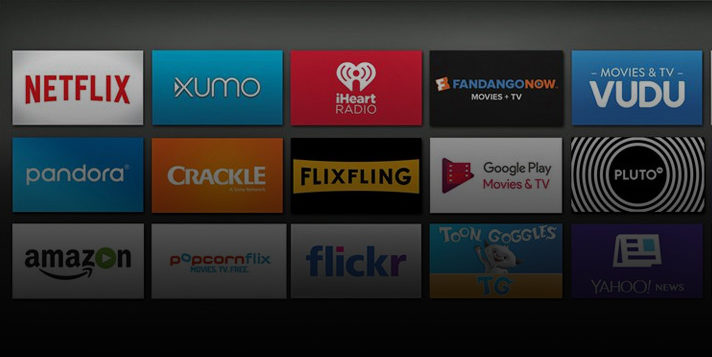For a Long Time, Hollywood Had a Problem…
Martin Scorsese, Rian Johnson, Christopher Nolan, Ryan Coogler, and even Patty Jenkins, and Ava DuVernay all share a common problem.

The problem is, you’re not watching their movies in the ways that they intended.
Partially, this is because the translation from film to television is rife with problems from maintaining aspect ratios (my personal bugaboo as a former projectionist) all the way to more technical stuff, such as color and contrast in images.
Partially, this is because the companies who manufacture consumer televisions—such as LG, Panasonic, and Vizio—really don’t care what a fancy-pants director has to say about how The Last Jedi, Interstellar, A Wrinkle in Time, or Wonder Woman shows up in people’s houses.
They have had other fish to fry.
But now, all of that has changed.
…And The Problem Was Solved with a Summit…
The UHD Alliance — kinda sounds like the Empire in Star Wars: OT, doesn’t it? — a coalition of filmmakers, studios and consumer electronics manufacturers, recently agreed to begin introducing a setting on your television that will eliminate motion smoothing, identified by the alliance as one of the “scourges of modern cinema.”

I thought that the real “scourge” was creatively bereft, untalented hacks being allowed the key to the kingdom while the rest of us have to scrounge around for older, better filmmakers’ work on Youtube or DVD.
But, I digress.
Motion smoothing (or motion interpolation) is a setting on your television set that inserts information (metadata, I suspect) between frames of footage in films.
You can turn this setting off now, but you have to hunt for it, and it’s not obvious what the setting is labeled.
The UHD Alliance has successfully solved all of that with it’s newly announced launch of Filmmaker Mode in the consumer television sets manufactured by Panasonic, LG, and Vizio.
With Filmmaker Mode, it is not just motion smoothing that will be wiped away as default settings in future iterations of your television set with one button, their deal also included the maintaining of source content frame rate and aspect ratio, turn off sharpening, engage TV noise reduction, and remove other images “enhancement” processing.
Here’s the pull quote (as the marketing boys used to say back in the day) from the meeting:
Rian Johnson, director of Star Wars: The Last Jedi and the upcoming Knives Out, was on hand for the announcement and explained Filmmaker Mode with an analogy for sci-fi fans: “Your Skynet is motion smoothing. … Luckily our John Connor has arrived.”
Johnson noted that home theater technology is currently in a “Golden Age,” but warned that “many TVs ship with motion smoothing (and other post-processing settings) as a default.”
He highlighted that Filmmaker Mode offers “a single button that lines up the settings so it works for the benefit of the movie and not against it.” He got a laugh as he added, “If you love movies, Filmmaker Mode will make your movies not look like poo-poo.”
… and Now, the Emperor can Move onto Promoting The Irishman
Scorsese and Nolan are happy.
And, so are all the other hack directors invited to the UHD Alliance meeting.
Will you be happy with this improvement to your television viewing experience?
Well, that remains to be seen.
A lot of these functions that are “ruining” the cinema experience on television, assist the other entertainment sources visually look better that you watch on your television, including sports, and live television events.
Plus, how much cinema do you watch on actual television sets? There are a plethora of devices out there that get you movies, including mobile phones and tablets.
One thing also to note: Representatives from the video streaming services, such as Netflix, Amazon, Google, and others, were not invited to join the UHD Alliance meeting, nor are they obliged to abide by the any of the presentation changes discussed and agreed to.
Ok.
Get after it in the comments below.








